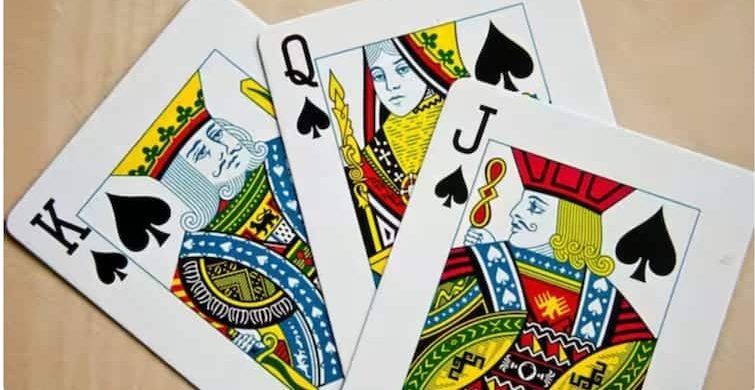
History of playing cards: Whenever we are with our friends or have a gathering at home, we play cards. People are often found playing cards in every corner of the village, some people play it just for entertainment and some make it a source of income. Card games are also a big business with millions and crores at stake but have you ever wondered when the cards were made and who made them? In which country of the world was this game played for the first time?
If you also have such questions in your mind, then today we will give you answers to all these questions in detail.
Playing cards are common but are also used for magic, education and sorcery. Playing cards are created using both numbers and pictures. Initially in Western countries, the game was played by making four cone-layered sheets of paper. Also, a flat metal was made by pasting it on thin cardboard. Its size was uniform and it could be held together in the hands. It was spread repeatedly to show the number written on it, so that it would not merge with the card in front. By the middle of the 20th century, its practice became common and it started being made from plastic.
Many reports state that playing cards originated in China, where it was developed in the 9th or 10th century. Meanwhile, numbers were written on the playing cards. However, according to Britannica’s report, there is no evidence that any games with symbols were played in China.
Britannica reports that the game was first played in Europe in the 1370s in Egypt or Spain. At that time cards were played by hand. Gradually it reached other countries through trade. In the 15th century it was a means of entertainment for the rich. In Germany in the 15th century, leaves began to be made on wood, which reduced the cost of printing.
How were the leaves prepared?
The modern world-accepted 52-card playing card design is divided into 4 suits and 13 ranks, so that each card suit and rank can be accurately identified. A standard deck usually contains two or more additional cards, called jokers.
 look news india
look news india
